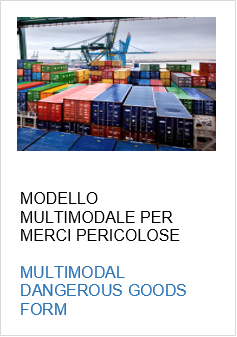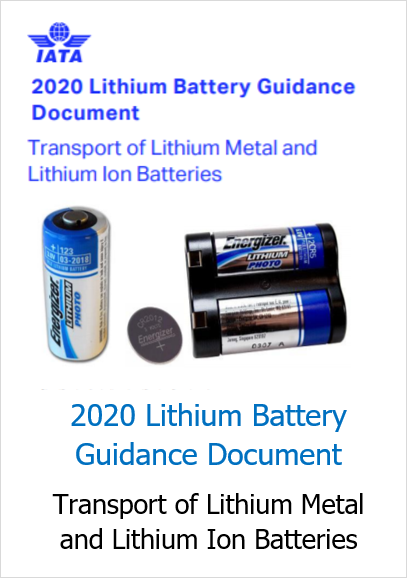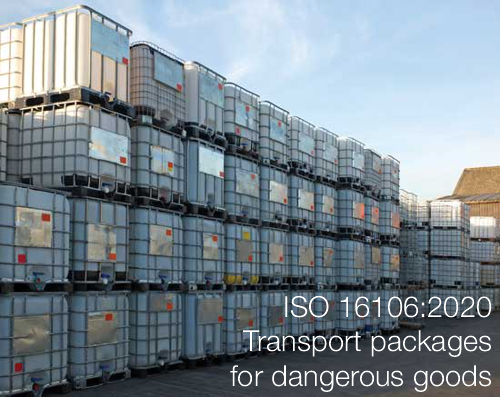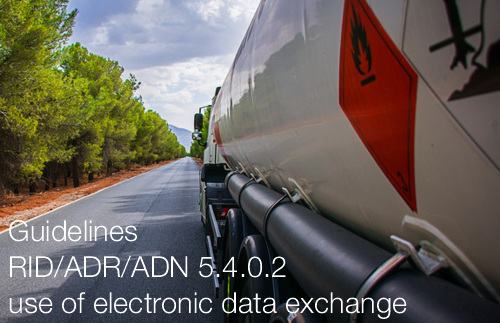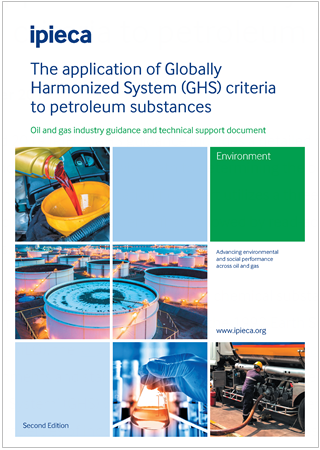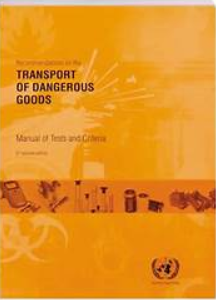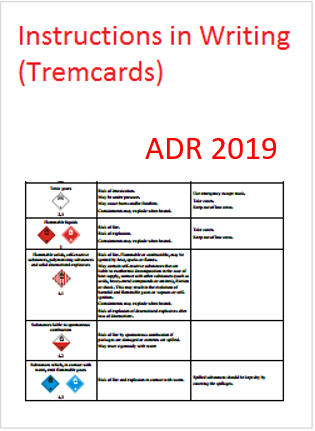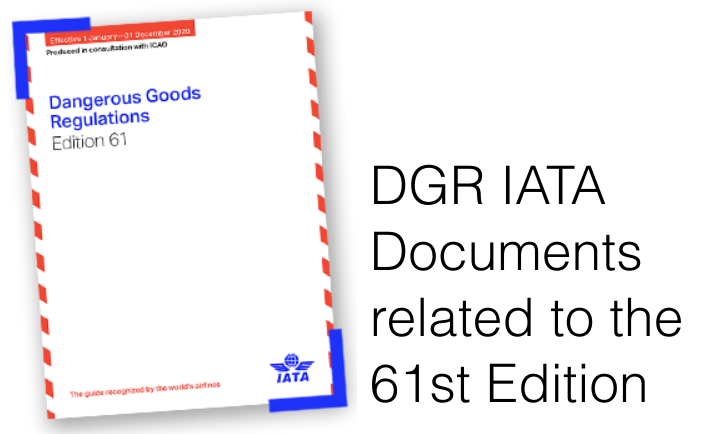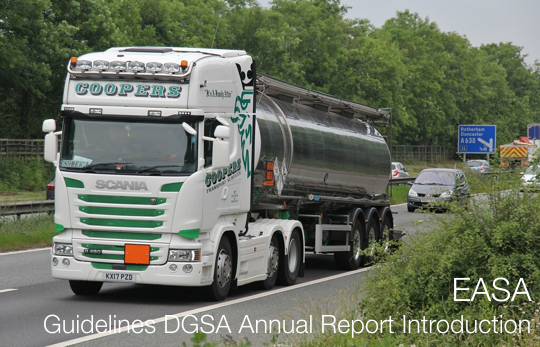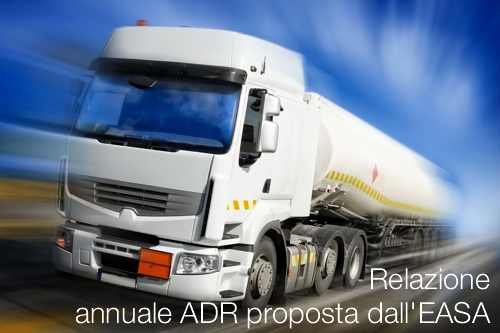Multimodal Dangerous Goods Form (MDGF)
Model Example Form for the multimodal transport of dangerous goods (Strada ADR 5.4.2 / Mare IMDG 5.4.2)
Example of model that can be used for the purposes of the combined declaration of dangerous goods and the load certificate in the case of multimodal transport of goods.
In the case of road-sea shipments, the ADR Agreement for road transport and the IMDG code for maritime transport are applicable.
Note that the provisions of the IMDG generally prevail over the ADR ones.
In fact, in section 1.1.4.2.1 of the ADR we read that the packages for which a road-sea route is foreseen can be labeled, marked and plated only according to the IMDG.


